The Emergency Shutdown Valve, ESDV acts as a safeguard against exceeding setpoint pressure. During normal operation, the valve remains open for an extended period of time, months or sometimes even years.
The ESDV must function as called upon during an emergency and manage the situation. In the event that the setpoint is exceeded or power or signal are lost, the valve will close within one second to isolate the flow.
How ESDV Works
Image Courtesy : Atc-actuators
Full Open Position – Normal Operation
The ESDV provides minimal pressure differential when the valve is in full open position. The full bore ball valve virtually acts as a pipe, decreasing process fluid turbulence.
Full Closed Position – Emergency Situation
Setpoint pressure has been exceeded and the ESDV has fully closed, providing bubble-tight shutoff with its double-seated design.
Also Read : What is Emergency Shutdown System (ESD) ?
Unlocking Assured by Position Indicator
Once the pressure has been equalized to a safe level the device can be opened by either:
- Manual reset
- Reaching low set point
- Restoring power
The ESDV comes equipped with an easy-to-read position indicator on the actuator, helping to confirm that the valve has been secured in the full open position.
An ESDV must act fast to minimize the effect of a hazardous operating condition. The quarter-turn ball valve design provides an inherently fast operation. Additionally, with its equal percentage flow characteristic (high gain), it not only can close fast but it can significantly decrease the amount of process fluid passing through.
For shutdown valves used in safety instrumented systems it is essential to know that the valve is capable of providing the required level of safety performance and that the valve will operate on demand.
The required level of performance is dictated by the Safety Integrity Level (SIL). In order to adhere to this level of performance it is necessary to test the valve.
There are 2 types of testing methods available being
Proof test
A manual test that allows the operator to determine whether the valve is in the “as good as new” condition by testing for all possible failure modes and requires a plant shutdown.
Diagnostic Test
An automated on-line test that will detect a percentage of the possible failure modes of the shutdown valve. An example of this for a shutdown valve would be a partial stroke test.
Shutdown Valve (SDV) Vs Emergency Shutdown Valve (ESDV)
The construction and accessories of Shutdown Valve (SDV) and Emergency Shutdown Valve (ESDV) are similar.
What is the basis to distinguish their name?
Their name is distinguished only from their services.
Shutdown Valve referred to actuated valve which is closed during partial or total process shutdown of system to which the valve protects.
Emergency Shutdown Valve is actuated valve which is closed when triggered by signal from ESD level signal during emergency condition occurs.
Emergency Shutdown Valves are commonly located in incoming line and outgoing line of the plant or platform.
Please note that some projects do not use term “ESDV” for tag numbering, instead Term “SDV” is used for shutdown valve disregard their services. In this case, shutdown logic diagram would indicate which actuated valve acts as Emergency Shutdown Valve.
Also Read : Components of Shutdown Valve

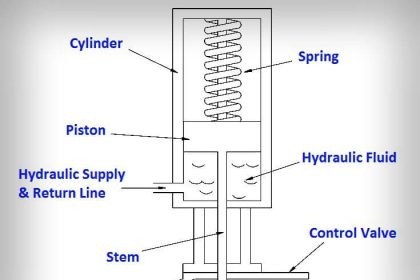
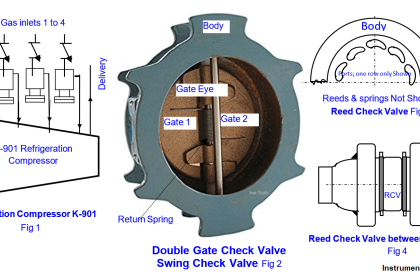
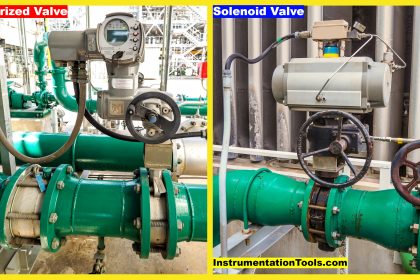
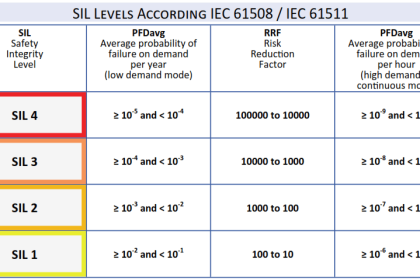
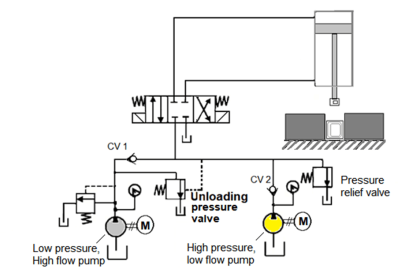

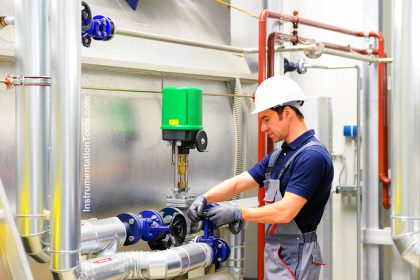
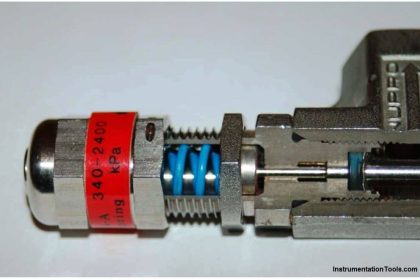

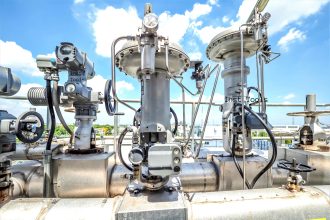



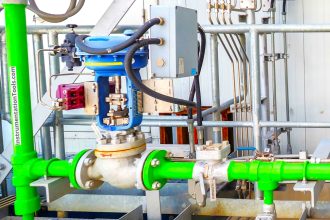
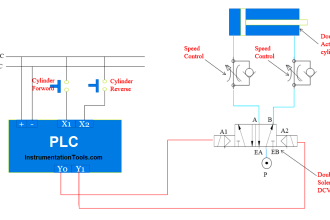


Thank you for sharing.
Just a correction : you mentioned in the second paragraph that “the valve will close within one second to isolate the flow”, actually this is not completely true. A good practice for the closing time is 1 second by 1 inch of valve size. example for 12″ ESDV, the closing time would be 12 sec.
The closing time will be chosen based on the installation piping and process. Too fast closing times may damage the installation due to water hammer effect.
Regards.
I have a case in which the ESDV opens in case of emergency in to a Vessel. But this is not a Blowdown Valve.
we have 12” size ESDV and closing time is 2 sec. already Tested.
Hi
Could you tell me what kind of control signal (Analogue ) is ? to open close EZVs .
Thank you
Digital Signals
The control signal here will be DO-digital output since its non-binary and continuous in operation